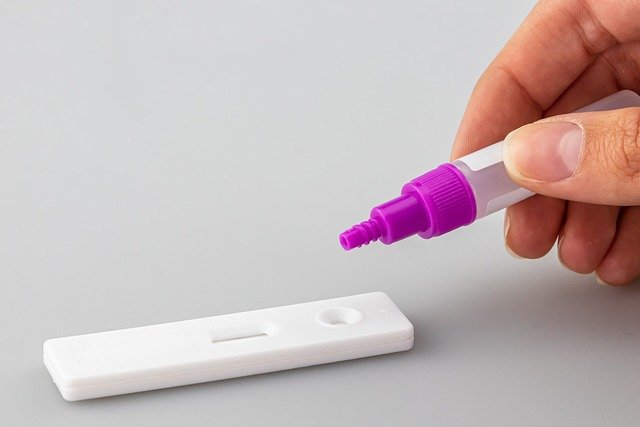Liquidity Detection: Methods and Practical Considerations
Detecting the presence, volume, or properties of liquids is a routine requirement across laboratories, manufacturing lines, environmental monitoring, and medical testing. Liquidity detection covers techniques ranging from simple visual checks to automated sensor networks tied to a computer for analysis. This article outlines common methods, sample-handling best practices, sensor options, and how data from pipette-scale experiments to industrial flows are processed and interpreted.

Pipette techniques for small-volume detection
Pipettes remain a core tool when working with microliter-to-milliliter volumes. For liquidity detection at this scale, visual cues (meniscus shape, droplet formation) are often combined with gravimetric checks or colorimetric indicators placed in a sample. Accurate pipetting reduces false negatives or positives: consistent tip immersion depth, pre-wetting, and smooth dispensing help ensure repeatable sample volumes. In scientific workflows where concentration or reaction endpoints matter, pairing a calibrated pipette with downstream sensors (optical or electrochemical) gives reliable, quantitative readouts rather than subjective assessments.
Scientific measurement principles behind sensors
Sensors used for liquidity detection exploit physical or chemical changes that occur when a liquid is present. Common principles include capacitance (dielectric changes), conductivity (ion content), optical absorption or scattering, and mechanical properties like surface tension or mass. Each principle has trade-offs: capacitance sensors are contactless and robust across many fluids, while conductivity sensors require contact but provide ionic concentration information. When choosing methods, scientists weigh sensitivity, selectivity, response time, and susceptibility to fouling. Proper calibration against known standards is essential to translate a raw sensor response into meaningful units.
Sensor types used for liquid detection
A range of sensors addresses different detection needs. Optical sensors (LED/photodiode combinations, spectrometers) detect color or turbidity changes; capacitive sensors sense relative permittivity; ultrasonic sensors determine level or presence without contact; and resistive or electrochemical probes measure conductivity or specific analytes. For microplate or pipette-scale tasks, miniaturized optical or impedance sensors are common. For pipelines and tanks, ultrasonic, float switches, and laser distance sensors are typical. Sensor choice depends on fluid properties (conductive, corrosive, viscous), operating environment, and required detection threshold.
Preparing and handling a sample correctly
Sample handling strongly affects liquidity detection accuracy. Collect representative aliquots using clean, appropriate material—glass for organic solvents, polypropylene for many aqueous solutions—and avoid cross-contamination by using disposable pipette tips when necessary. Temperature and mixing influence viscosity and sensor response; allow samples to equilibrate to testing temperature, and homogenize if stratification may occur. Document sample provenance and handling steps to maintain reproducibility. For field testing or local services in your area, ensure that sample transport minimizes evaporation or chemical changes before analysis.
Computer integration and data processing
Modern liquidity detection systems commonly route sensor outputs to a computer for logging, visualization, and analysis. Data acquisition software may perform real‑time filtering, baseline correction, or multivariate calibration to improve detection limits and distinguish between liquids with similar immediate signals. Machine learning models trained on labeled datasets can enhance classification for complex matrices, but require robust training and validation to avoid overfitting. Secure data storage and timestamping support traceability and regulatory compliance. For automated setups, the computer often controls actuators (pumps, valves, robotic pipettes) to perform repeatable sampling and verification cycles.
Conclusion
Liquidity detection spans a spectrum from subjective visual checks with a pipette to automated sensor arrays feeding a computer for complex analytics. Choosing the right approach means matching sensor principles and sampling practices to the fluid properties and the required sensitivity. Rigorous sample handling, routine calibration, and thoughtful data processing reduce false readings and improve reproducibility. Whether the task involves small laboratory samples, on-line process monitoring, or environmental fieldwork, combining appropriate sensors with careful protocols and reliable data workflows provides the most consistent results.






